Tulsi of the Mint FamilyThe softening of my heart and deepening of my breath is what I notice first when I'm around Tulsi. The bees love it and the hummmm is mesmerizing and surely healthy for the brain. As you walk up and greet Tulsi, maybe bow, rub a leaf and bend close to smell deeply. There's a pause with the in breath and you draw it in deeper, maybe your belly pushes out too as you try to use all your tiny in between muscles to breath even deeper. Yes, its like that smelling Tulsi. Eyes close and the slow exhale is often audible as the heart recognizes good medicine and a gentle "yes" on every level we inhabit. Every single time I place a bundle in someone's arms to take home fresh and make tea I see this. I see the gentle soft excited commitment of planning to enjoy this in their home as the day wanes. So we'll visit some of the botanical specifics, the medicine Tulsi offers and a recipe for a Tulsi Syrup and Elixir variation. Tulsi is so very versatile to being woven into many recipes for medicine and food and is rather easy to germinate and grow too. Full sun, well drained nourishing soil and frequent pinching will yield abundance from just 1-2 plants. Tulsi also goes by the name Holy Basil and is a basil but yes, it's uniquely and boldly different than culinary Basil (Ocimum basilicum). Although they do have some overlapping properties and applications. I find Tulsi is a bit more adaptable to the general and ever changing garden conditions than Culinary Basil from Italy. This is just a personal observation and experience. When all conditions are great for both, Tulsi grows faster too. Tulsi and Basil are both in the Mint family (Lamiaceae or Labiatae). For review, all mints have:
THE MANY TYPES OF TULSI There are at least three different varieties or species of Tulsi - Holy Basil, and while they can be used somewhat interchangeably, they also have their slight differences in appearance and taste. TULSI RAMA (OCIMUM TENUIFLORUM) Tulsi Rama is the most common species grown in India and easiest Tulsi to find in seed to grow. It likes to grow in full sun with moderate water and fertile well-draining soils. Rama is known for its cooling and mellow flavor. The plant has green leaves, white-to-purplish blossoms, and a green or purplish stem. TULSI KRISHNA (OCIMUM TENUIFLORUM) Tulsi Krishna tastes peppery and has darker green to purple leaves, purple stems, and blossoms. It's has a sturdier stem for me in feel. VANA (OCIMUM GRATISSIMUM) Vana, aka “Forest-type” Tulsi, grows wild on roadsides and in waste places. It has large green leaves and stem, with white blossoms and the plant can easily attain 5 feet tall. Vana Tulsi can overwinter indoors in a container with window sunlight. It can be transplanted in the garden when spring returns. Tulsi MedicineTulsi nourishes and tones as an adaptogen. Herbal adaptogens help the body adapt to physical and emotional stress. Tulsi is one that enhances body resiliency and promotes longevity. It promotes energy, endurance, and helps to boost immunity through stress release and deep restoration so your body becomes the well-designed generator of good strong energy for life. As an antimicrobial herb, it can be used topically or internally to treat bacterial, viral and fungal infections. Tulsi can assist with upper respiratory viruses like the cold or flu. As an expectorant, it eases lung congestion by thinning secretions so they can move, and reduces inflammation. It has steady application of treating for longer periods of time in treating chronic conditions such as bronchitis, and asthma. This regular dosing over time can help us unravel our condition to the best of our ability. Tulsi helps ground us, slows the pace down, settles the energies of the body, and quiets the mental chatter ‘monkey brain’ internal-task-master-critic so we can focus and collect ourselves and wade through what is true and what is a self-abusive head-trip. There's an element of self-compassion and understanding that rises when we drink Tulsi regularly, as if the plant helps us to embody these practices towards ourselves first. We are more likely to radiate this to those around us when we can be kind to ourselves. Mean spirited covert and overt incongruencies within the self struggle and simply cannot flavor the day with regular intake of Tulsi tea as medicine flowing through our tissues. Some herbalists add Tulsi to formulas as a mild gentle cerebral stimulant to aid poor memory, cloudy thinking, or ‘brain fog’ experienced by those in menopause and andropause (yes, the male version of a midlife endocrine change). Those with chronic whole system conditions such as lupus, fibromyalgia, lyme and more claim there is a subtle shift to feeling strengthened from the adaptogenic and mild brain stimulating properties. Some parents are finding Tulsi to be beneficial for their children with attention deficit disorder (ADD) and attention deficit hyperactivity disorder (ADHD). Tulsi has many beneficial actions on the heart, including promoting good circulation, lowering stress-related high blood pressure, and cholesterol levels. Like other mints, Tulsi supports digestion, eases bloating gas, and nausea. It mixes perfectly with fresh ginger root and other mints you love for this purpose. Tulsi also has the pain-relieving aspect of mints. Many herbs, including Tulsi, are Cox 2 Inhibitors and thus, as we are learning, decrease pain and inflammation in sore, stiff and swollen joints, muscles when applied externally and taken internally. Tulsi is high in eugenol, a single isolated constituent that has been studied and is helpful to decrease pain. As the herbalist, I'll continually note but give only a little time to isolated constituent data verbiage. The plants work as a whole spectrum of compounds and there are many we have no names for and have not discovered yet. We simply cannot keep reducing plant to their parts to explain how they work. This is not herbalism. It's a form of basic science that doesn't include relationships and systems that connect things. Herbalism is interested in forming relationships and knowing the plants as whole beings. We grow the plants because we want to know them and enter this relationship that sees each within it, us and the plants, as partners in survival AND in the making of some necessary and needed beauty, together. This makes strong potent medicine. Ways To Take The Medicine InIf you want to make a tincture or elixir of Tulsi, you will want to wait for it to just start flowering and gather the new tender aerial top or flowering racemes and leaves. Also consider leaving some flowers on to reseed for next year. It reseeds easily but will only germinate when soil temperatures get above 70 degrees. They come later in June here in NY but grow quickly and flower fast. Pinching often encourages more flowers. This is a very generous plant! We call it an abundance economy teacher. Tulsi is prepared as medicine in multiple ways as a tea, infused honey, infused oil, syrup, elixir, tincture, vinegar, oxymels (vinegar/honey syrup), in skin creams + massage oils, bath soaks, toothpaste, and in food (try Tulsi-Mint Pesto on some grilled zucchini + eggplant), and drink recipes (tulsi Mojitos are delicious). Tulsi is applied to the body externally as oils and creams, bathed in by adding strong tea to water soaks, yoni steams for infection and softening of the pelvic floor to release trauma and support healing, for body treatments of limpias, facial steams for complexion support, and internally as described by the many products that can be made to support health. TULSI RECIPESThe most common way to prepare Tulsi is as a tea. Holy basil combines well with other herbs, such as rose petal, lemon balm, lavender, ginger, nutmeg, and other spices. It can be brewed in milk and added to Golden Milk made with turmeric. If you don’t grow your own, numerous kinds of Tulsi teas are on the market so you can still enjoy a cozy mug. Tulsi Rose is my favorite way to wind down the day! TULSI TEA INGREDIENTS & DIRECTIONS:
JAY'S FAVORITE TULSI TEA - In Winter & Summer Mix equal parts of dried Tulsi, Peppermint, Nettles Hibiscus flower in a jar and label. Add (optional) honey once steeped 20 minutes and strained. To make, use 2 teaspoons per cup of just boiled water. A few paper thin slices of fresh Ginger root work well in this too. There's always room to sway with your preferences. USE FRESH LEAVES Add chopped leaves to culinary dishes just as you would basil. Freeze leaves in ice cubes to add to summer drinks. Eat a few fresh leaves to get phytonutrients and boost your immunity. Make Tulsi Pesto! TULSI/HOLY BASIL TINCTURE (ALCOHOL EXTRACT) I prefer using fresh Tulsi in tea AND tincture. I do dry 1-2 pounds for our for our family to get through the time of year that when Tulsi isn't growing. We refuse to live without Tulsi in the apothecary these days. I snip the aerial parts (flower tops and leaves), coarsely cut the plant up, and pack a jar full. Usually, with tinctures, we add 80-100 proof alcohol (40-50% alcohol), such as vodka, to cover all the plant. Place lid on jar, label and date, and shake daily for several days. Store out of direct sunlight. Wait the 6 weeks shaking every now and then, and then strain off the plant material through cheese cloth, squeezing out any liquid from the plant, compost it if possible. Store this Tulsi Tincture you just made (!) in brown glass and dose 30-60 drops per day. Consult and herbalist if you need more support figuring your dosing. I LOVE making with an apple-based brandy I get from France for tinctures also, especially with Tulsi. TULSI ELIXIR My favorites for this elixir are good brandy + honey. Tulsi Elixir is spicy, fragrant and delicious! Yes it's becoming a regular apothecary item here. ElderMoon must make this for the community because our Tulsi is divine and we have bees to complete it well with honey from bees who visit the Tulsi bed all summer long until frost (smile). INGREDIENTS & DIRECTIONS:
TULSI INFUSED HONEY (is divine!) I LOVE Tulsi infused honey to take by the spoonful, add to tea, eat on baked goods, or as a delicate hint of flavor added to fresh cut fruits or drizzled on a fresh sliced in half grapefruit as you scoop out the pulp! It's great drizzled on hot buttered baked goods too. INGREDIENTS & DIRECTIONS:
TULSI VINEGAR Again, super easy and great! This can be turned into a Tulsi Oxymel too.
OTHER OPTIONS: You can add honey, maple syrup, agave or molasses to make that syrupy sweet yet tangy edge you like. Herb infused vinegars make popular mocktail concoctions, shrubs, switchels and oxymels. A sipping vinegar or shrub is basically a combination of vinegar, honey, and your chosen plant with mashed fruit. Herbalists prefer to use organic apple cider vinegar because alone it has so many health benefits already. The herb-vinegar-honey-fruit (shrub) or herb-vinegar-honey (oxymel) is used as a mixer to flavor water, sparkling water, club soda, or mixed into cocktails. A "switchel" is an older term used when making with cider vinegar that's sweetened with molasses or pure Maple or Birch syrup. Call it what you like. These are good tasting and hold the healing abilities of the plants chosen delivered to the body easily. Thank you for wandering through and I pray this gives that nudge to get mixing and pouring, tasting, and planning for more as you stock your apothecary well with simple green medicines. Enjoy, Jen
0 Comments
|
Details
Jennifer Costa, Herbalist-RN, Teacher, Botanist BS, EM-CST, and Founder of ElderMoon School of Herbs & Earth MedicineCategories
All
Archives
January 2023
|
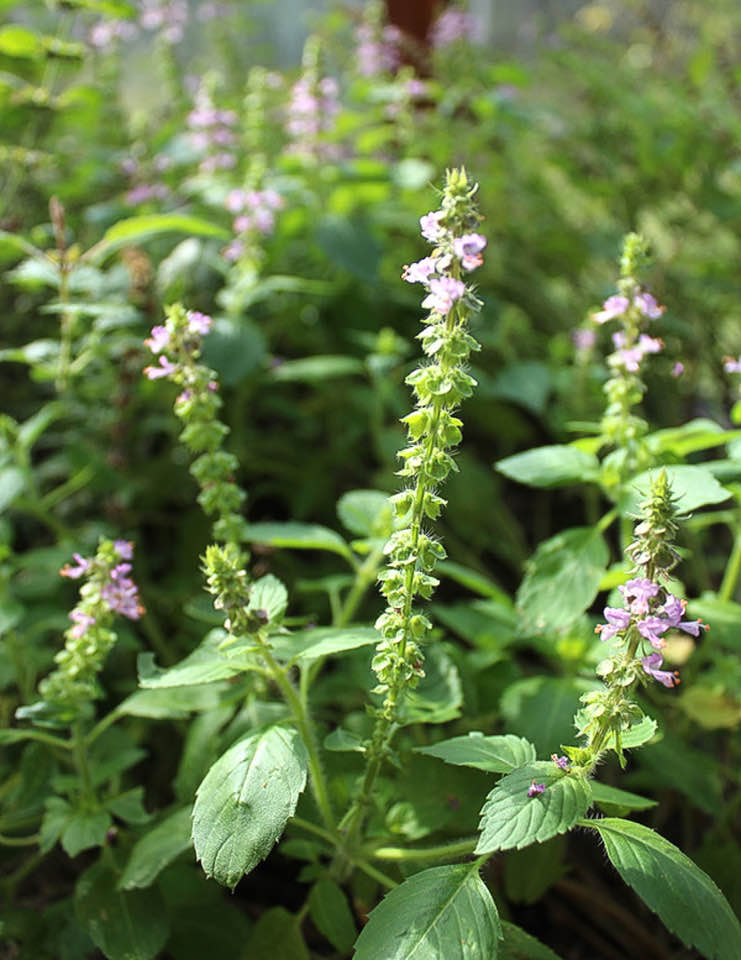
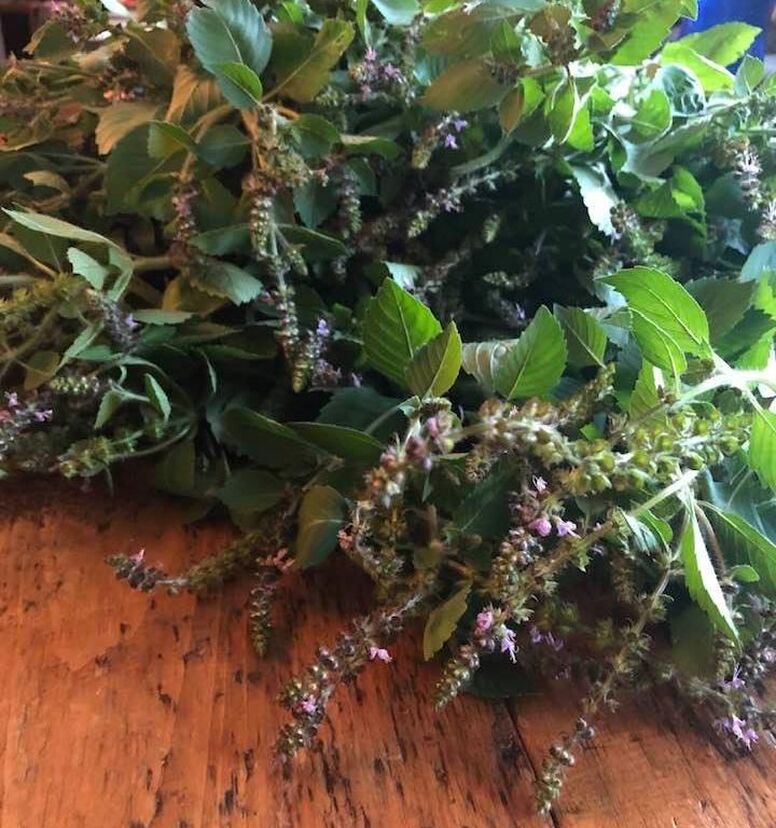
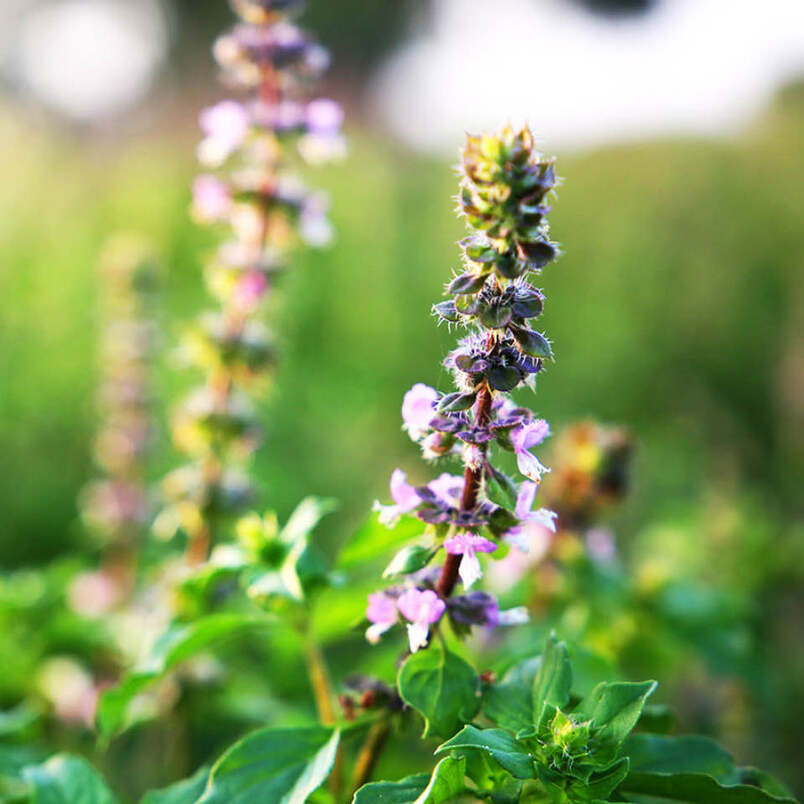
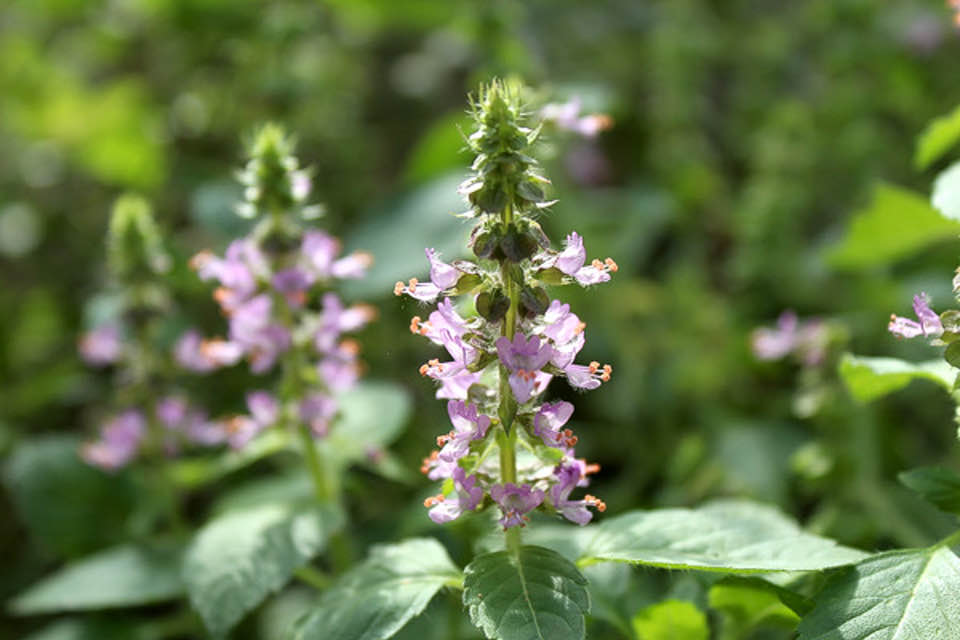
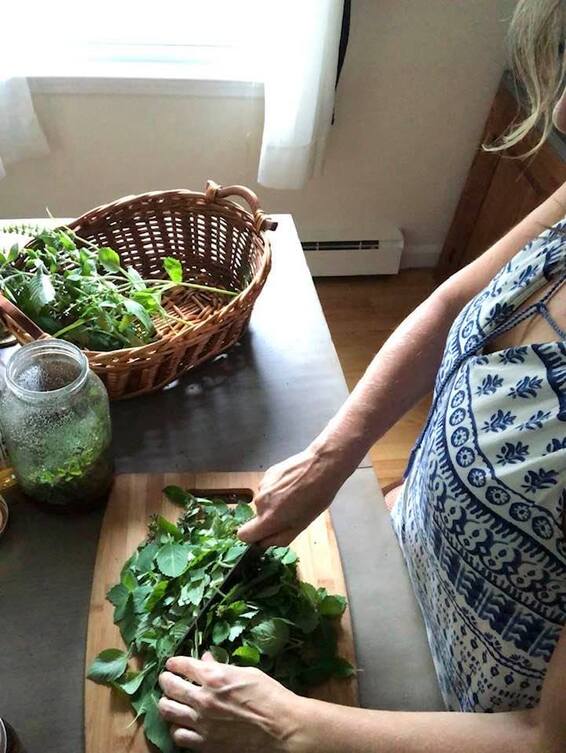
 RSS Feed
RSS Feed